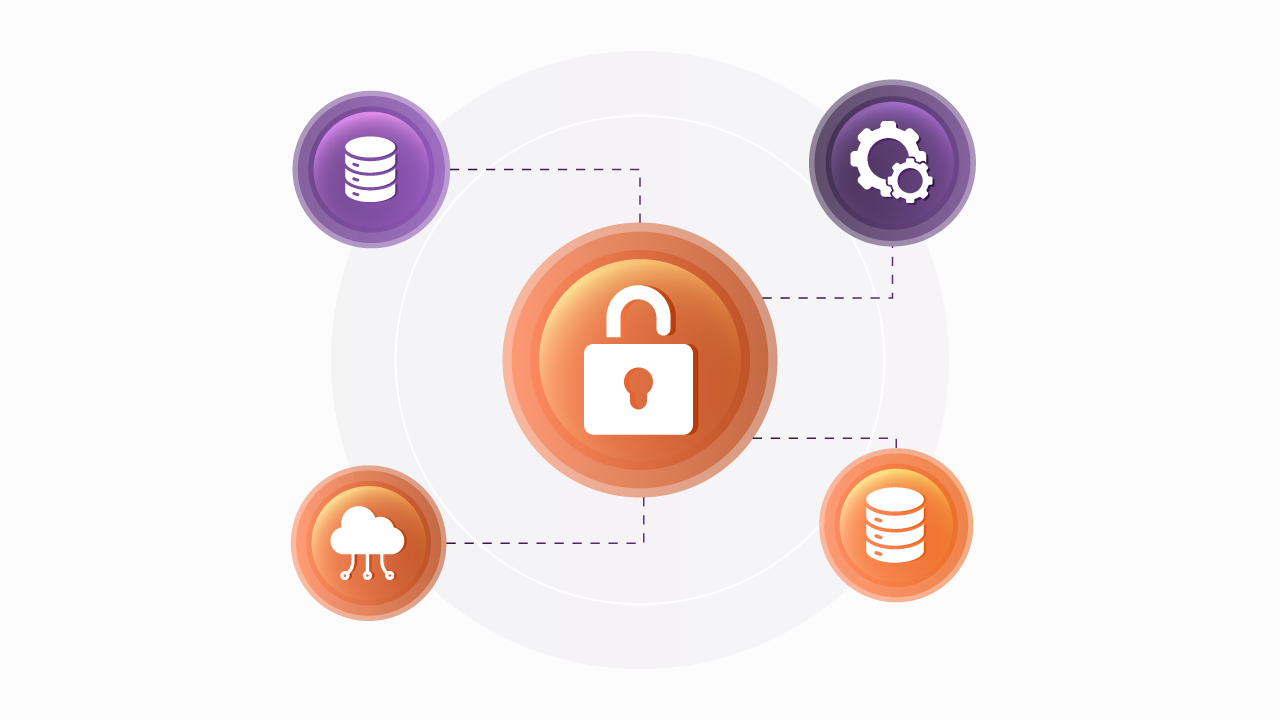Platform Prosperity: Strategies for Success in the Era of API-driven Business
So, what is a platform business? Uber is a platform. The customer needs a car ride. They need to pay for it and schedule the ride. There are many steps to connect the rider and the driver through the platform. Success means the customer gets the ride, and the driver gets paid.
Platform business models are not new anymore. But they're being brought to another level because customers demand the best experience in a competitive market. Companies that don't offer the right features or surpass the competition as new market standards evolve won't survive. Uber's competitors also need to make the same connections. As Uber's competitors offer new features to improve the driver and riders' experience, Uber must keep pace, too. Offering anything less than what the competition offers is viewed poorly by customers. Keeping agile and constantly improving is the hard part of running a platform business.
Platform Businesses are Trendy
Gartner ranked platform engineering as a top trend for 2024. The research and consulting firm also discusses the "Rise of the Builder," marking a shift in how technology is developed and deployed. Platform engineering empowers organizations to foster innovation and agility. For instance, imagine a company where various teams develop autonomously within different business units, alongside traditional, centralized teams. By adopting a platform approach, these teams can benefit from standardized tools that streamline development processes. This standardization enhances collaboration, as all teams use the same set of tools and practices, making it easier to share knowledge and resources. Additionally, better team coordination is achieved through a centralized tooling administration experience, which ensures efficient and uniform processes across the organization.
While this trend offers tremendous upsides, there are things we should consider. The more we create and the more we develop, the harder it is for platform businesses to create new ways to impress users. If any business falls behind, it's challenging to catch up. Businesses build platforms with data. Securely exchanging data requires APIs. And with AI entering the picture as we generate immense amounts of data, we'll require more APIs.
There's no coming back. The information will be exchanged in ways and speeds that we don't even imagine, and it's going to be more complex than it is today. Because AI will evolve, the way we exchange information will evolve, and the way we want information to be shown to us will evolve as well. This evolution is all backed by APIs.
Platform Business is More Accessible than Ever
Platform businesses with strong API management strategies supported by generative AI are becoming more accessible to businesses of all sizes. Sensedia has been helping companies build and expand platform business for a few years. And now we're seeing traditional industries like banking and financial services incorporating platform business. Organizations realize platform business ecosystems are the path to innovation and opportunities.
Brazil is a global leader in platform technology and open finance ecosystems, mainly because Brazilian companies were able to leapfrog on the developments of similar companies in other countries. And now the US, once behind in the open banking arena, is catching up quickly. The ICBA ThinkTECH Accelerator program connects innovative, cutting-edge fintech companies with more than 1,000 community bankers and industry leaders to promote early-stage solutions for banks and their customers. FDX has created standards, and the Consumer Financial Protection Bureau (CFPB) is developing rules to jumpstart competition and accelerate a shift to open banking. This is great news for banks, credit unions and customers.
A Simple Formula to Start Building a Platform Business
Where would a business get started? Here are some steps to create a platform business strategy that can take organizations of all sizes to the next level.
1. Start with legacy modernization work to simplify integration.
Every company has legacy systems and data. Integrating these systems into modern platforms may not mean overhauling entire systems. Often, through API strategy, legacy systems can continue to support the organization, integrating seamlessly with additional layers of technology.
2. Bring in the developer experience.
Having the right developer team to build a platform properly and allow for new expansion and connections is a key step to making sure the platform is future-proof, scalable, and agile. Platforms need solid strategies. Good developers will expose APIs in a minimal-quality way to achieve the required service and consider the humans and non-humans reading the integrations to keep the platform agile for new builds and partners.
3. Make sure all the parts work together and bring in new partners: test and scale.
4. After all the parts are working together, bring in more partners to enhance products, services, and experiences. Test and scale again.
5. Repeat steps three and four as needed. Now you have a platform business ecosystem!
Of course, there are quite a few details to fill in that are unique to each business - considering how to connect different systems in different locations - cloud-based, on-premise, legacy, heavy microservice, serverless, etc. API governance control and security are a must to prevent business losses and security breaches. Good platforms can glue everything together, help internal developers be productive and offer tools to consume data effectively, whether for external consumers, humans, non-humans, or APIs.
Unlock Data and Reach Goals Faster
EY recently published the Top 10 Opportunities for Technology Companies in 2024. Most of these opportunities revolve around AI investments for digital infrastructure. Opportunity 6 talks about harnessing platform business models to industrialize and scale. Helping companies build their platform business models is where Sesedia excels. We've helped companies like Cielo unlock the technologies to advance their business goals and create more opportunities faster using APIs and AI.
Cielo needed help overhauling supporting architecture for online solutions, encompassing programming languages, API and microservices adoption, that also facilitated a more agile working environment for teams. Sensedia established an enterprise-grade platform to elevate the customer's digital journey, leveraging analytics and data for informed decision-making.
We also assisted the organization in introducing QR code and NFC-enabled payment terminals, intelligent terminals, and innovative payment and transfer solutions. And our solutions paid off. Together, we developed an open innovation strategy, paving the way for projects that resulted in rapid and impactful changes to Cielo’s business model.
But remember, a bunch of APIs without any strategy or management is not really a platform. Non-tech consumption of APIs will spike. Easily copying and pasting API into an AI tool might seem like a good idea. And when exposed APIs combined with AI, the AI consumes APIs quickly. While it might feel like the company is scaling, lacking a clear API strategy and knowledgeable developers, could bring a heap of trouble into the future. API strategy is a must, especially if AI is involved.
Create a real platform business for internal developers and internal services. Imagine what external APIs can do for the company, and think about how platforms will integrate and what exactly they'll consume. Consuming something today is fairly easy; it's going to get easier with AI. Businesses need to plan and strategize for integration, platform builds and ecosystems now. Without a plan, it will also be easy to fall behind. Build your platform to build your business.
Begin your API journey with Sensedia
Hop on our kombi bus and let us guide you on an exciting journey to unleash the full power of APIs and modern integrations.
Related content
Check out the content produced by our team.
Embrace an architecture that is agile, scalable, and integrated
Accelerate the delivery of your digital initiatives through less complex and more efficient APIs, microservices, and Integrations that drive your business forward.





.svg)






.png)
